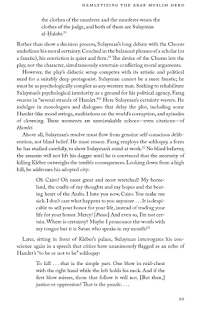
He applied the “Page 99 Test” to his new book, From Colony to Nationhood in Mexico: Laying the Foundations, 1560-1840, and reported the following:
Page ninety-nine is not a bad starting point for discussing From Colony to Nationhood. Much of the book is about how indigenous societies built themselves into the Spanish Empire. This page gives us a glimpse of that empire’s inner workings at the local level. The setting is the town of San Miguel de Aguayo (near today’s U.S.-Mexican border); the moment is the mid eighteenth century. Here I tell the story of several disputes between the town’s main Indian communities over political authority, boundaries, and the division of plunder. In the process I show how towns and citizenship evolved hand-in-hand.Learn more about From Colony to Nationhood in Mexico at the Cambridge University Press website.
San Miguel was populated by two major ethnic groups: Tlaxcalans and Alasapas (the former the descendants of central Mexico’s most powerful civilizations, and the latter the descendants of mobile Indian bands from the north). Both communities provided the crown with frontier militiamen, and both held titles to land and water, as well as the right to elect local governments. Together they waged war against other Indian populations that lay outside the empire’s control. These curious partners were Christian subjects of the king; they spoke both Spanish and their ancestral tongues, and they belonged to what Spaniards called “Indian republics.” For three centuries people like them were a cornerstone of Spanish colonization and defense.
Tlaxcalans were Spain’s oldest partners in the conquest of Mexico. In the sixteenth century, thousands of them had accompanied Cortes in his attack on Tenochtitlan, and many more helped Spanish commanders and administrators subdue and settle lands from Guatemala to New Mexico. In the seventeenth century, Tlaxcalan soldiers and miners first founded San Miguel de Aguayo as an Indian republic; Alasapas soon settled beside them in a twin community. Over time, the struggles between the two groups, both in local councils and before Spanish courts, defined and cemented their partnership under the terms of colonial law.
This small story of one town’s Tlaxcalans and Alasapas is part of a much bigger one told in Colony to Nationhood. It is the story of how resourceful groups of indigenous Americans used their skills as warriors and their grasp of European language, law, and religion to carve out places of privilege and security in Spain’s enormous multiethnic empire.
--Marshal Zeringue



























